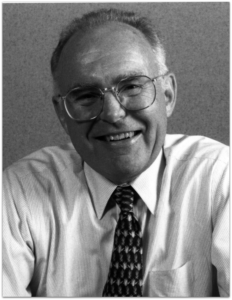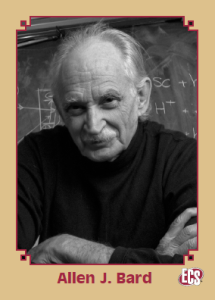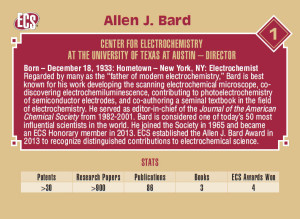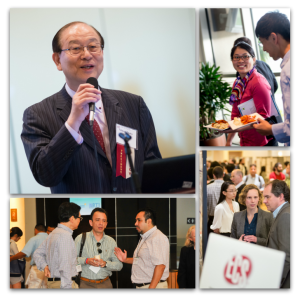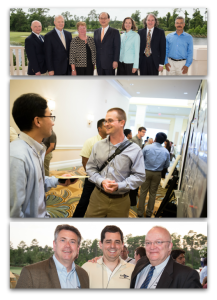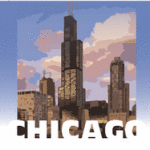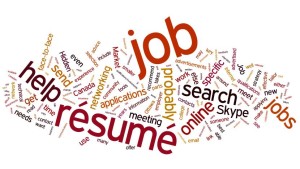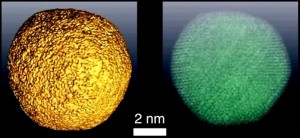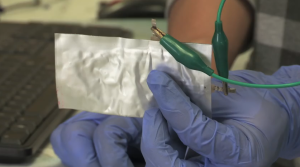Mary Yess, ECS Deputy Executive Director & Chief Content Officer, and Logan Streu, ECS Content Associate and Assistant to the CCO, recently came across a great video series that addresses a hot button topic here at ECS: access.
Through our mission to disseminate content to the largest possible audience with as few barriers as possible and our move towards full open access publication, ECS is working to help change the nature of scientific communication itself.
However, sometimes these technical research papers do not tell the important scientific stories that the everyday reader needs to know. For ECS, the Redcat blog was the answer to that issue. For Johns Hopkins University, their series “Science: Out of the Box” focuses on translating complex scientific concepts into understandable and entertaining stories.


